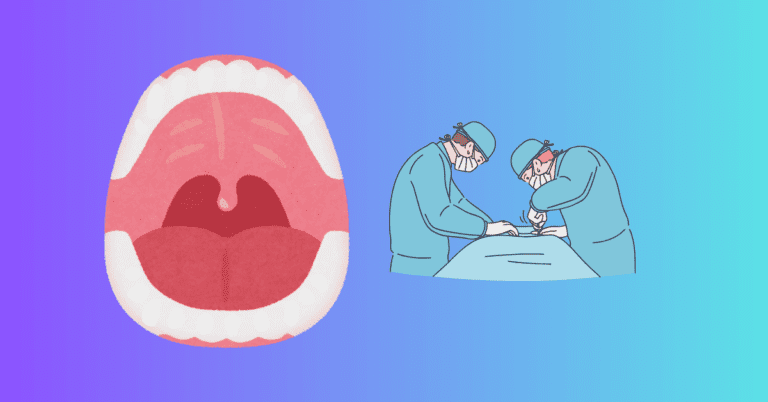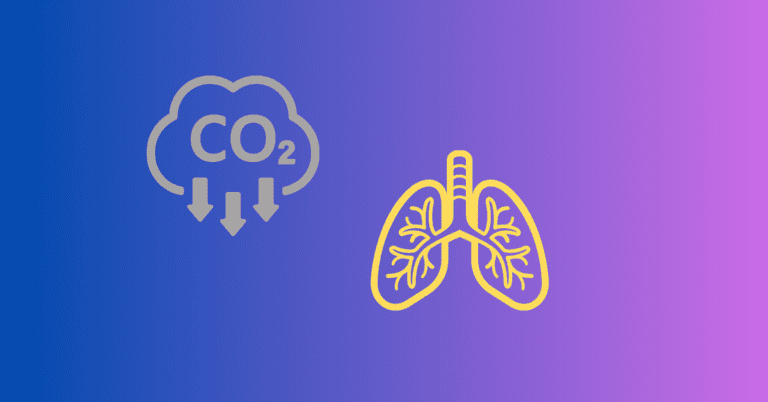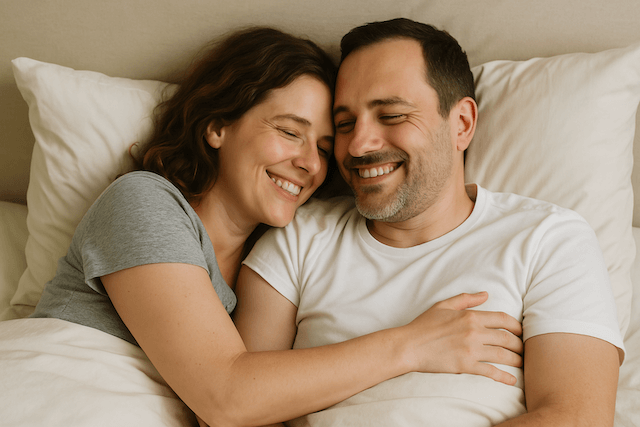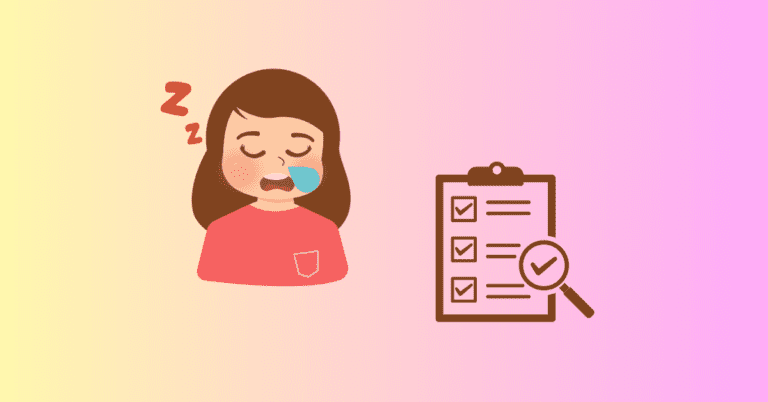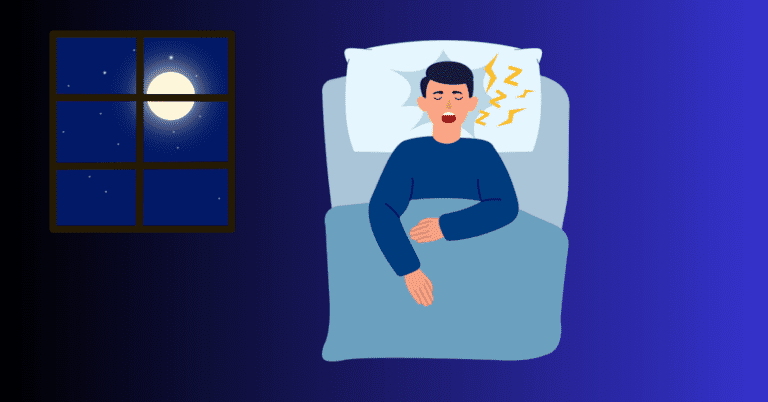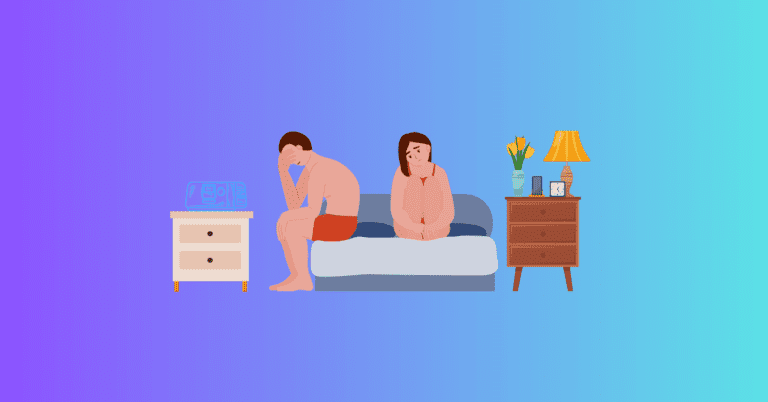Alternative Treatments for Sleep Apnea: What else can you try?
Jeremy Smith is a long-term CPAP user and sleep apnea advocate. After being diagnosed with severe obstructive sleep apnea, he created ByJeremySmith.com to help others navigate CPAP therapy through personal stories, gear reviews, and practical advice.
I love my CPAP machine, and I couldn’t live without it – literally.
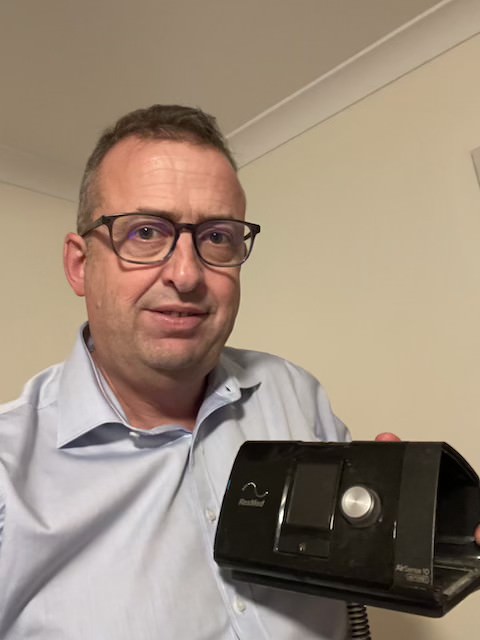
But I know some folks, maybe like you, want to explore other treatments. So I’ve done my research…
You may have read other pages on my blog and already know that I have severe obstructive sleep apnea, so I need need need a CPAP machine, but this is what I have found out.
Every day, I see people in Facebook groups saying they can’t tolerate having a mask on their face, so I get it.
🎓 Click here to discover the best CPAP machines.
That doesn’t mean you’re out of options. Let’s dive into the best alternative sleep apnea treatments that are actually worth exploring.
Oral Appliance Therapy 😫
If CPAP isn’t your thing, oral appliances (also called mandibular advancement devices) can be a game-changer.

They work by pulling your lower jaw forward to keep your airway open during sleep.
Pros:
- Easy to travel with
- No hoses or power supply
- Often covered by insurance with a prescription
Cons:
- May cause jaw discomfort
- Not suitable for severe apnea
Who it’s best for: People with mild to moderate OSA who snore or can’t tolerate CPAP.
My take: My dentist suggested I get one to help stop me from grinding my teeth. I said to her, It’s difficult enough trying to sleep with a mask on!
But as I’ve said, for mild obstructive sleep apnea, I think it’s worth a shot.
Positional Therapy 🛏️
Some people only experience sleep apnea when sleeping on their backs. Positional therapy uses wearable devices or special pillows to encourage side sleeping.
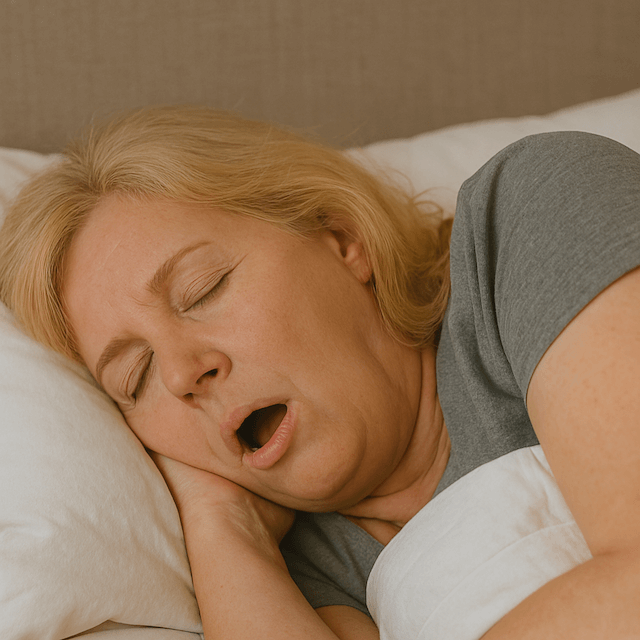
Popular tools:
- Anti-snore belts
- Wedge pillows
- Vibrotactile positional trainers like the NightBalance
Bonus tip: Try sewing a tennis ball into the back of your pajama top. Old-school, but it works!
Newer options: Look for smart wearable trainers that vibrate when you roll onto your back. They’re discreet and clinically proven.
Weight Loss & Lifestyle Changes 🧍♂️
Sleep apnea and obesity are often linked. I dropped 30 pounds when I was first diagnosed, and the results were immediate. I still needed my CPAP, but for others, this might be the fix you need.
Helpful changes include:
- Adopting a Mediterranean-style diet
- Reducing alcohol intake, especially before bed
- Committing to regular cardio exercise
Even a 10% weight loss can significantly improve symptoms.
Don’t overlook:
- Avoiding sedatives or sleep aids
- Cutting out heavy meals before bedtime
- Staying consistent with sleep schedules
Inspire Therapy (Upper Airway Stimulation) 🛠️
This FDA-approved implantable device is often called a “pacemaker for your tongue.”
How it works: It delivers mild stimulation to the hypoglossal nerve, keeping the airway muscles open during sleep.
Pros:
- No mask or machine
- Controlled via remote
Cons:
- Requires minor surgery
- Only for moderate to severe OSA
- Not available to everyone (BMI restrictions, approval required)
Who qualifies:
- Diagnosed with moderate-to-severe OSA
- CPAP intolerant
- BMI under 32 (in most cases)
Insurance note: Many plans, including Medicare, now cover Inspire. Just be sure to check eligibility requirements.
Expiratory Positive Airway Pressure (EPAP) Devices 😴
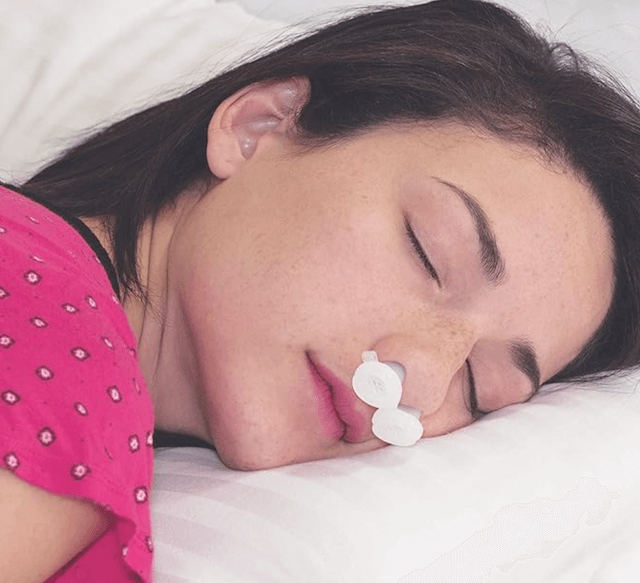
These disposable devices (like Provent or Bongo RX) fit over your nostrils and create resistance as you exhale. That pressure helps keep your airway from collapsing.
Pros:
- Compact and travel-friendly
- No power needed
- Clinically backed for mild to moderate OSA
Cons:
- Takes time to get used to
- Can be costly without insurance
My tip: If you hate the bulk of a CPAP machine, EPAP could be a solid backup for travel or short-term use.
Myofunctional Therapy 😮💨
This one might surprise you: specific exercises for your mouth and throat can actually tone muscles involved in airway stability.
Exercises include:
- Tongue slides
- Soft palate lifts
- Throat-tightening movements
Who benefits:
- Children with oral development issues
- Adults with mild OSA
- Post-surgery recovery patients
Getting started: Look for certified myofunctional therapists online. Many offer telehealth sessions.
Surgery Options 💉
For some people, surgery is the only viable option. It’s not first-line treatment, but in complex or anatomical cases, it can be life-changing.
Common procedures:
- UPPP (Uvulopalatopharyngoplasty)
- Jaw advancement (Maxillomandibular advancement)
- Nasal surgery or septoplasty
Newer options include:
- Barbed reposition pharyngoplasty
- Robotic-assisted airway surgery (in specialized centers)
Important: Surgery should only be considered after a comprehensive sleep study and ENT evaluation.
Behavioral Therapy & Cognitive Support 🧠
Sleep apnea doesn’t just affect your body; it also wears down your mind. Cognitive Behavioral Therapy for Insomnia (CBT-I) is often used alongside other treatments.
Benefits:
- Reduces anxiety around sleep
- Helps break the cycle of insomnia
- Can improve CPAP compliance
Look for: Sleep psychologists or online CBT-I programs covered by insurance.
Combination Therapy Approaches 🔄
Sometimes, the best approach is a combination. For example:
- EPAP + positional therapy
- Oral appliance + weight loss
- Myofunctional therapy + CPAP
Customizing your treatment plan with your sleep doctor can yield better long-term success.
Wrapping It Up
If CPAP isn’t working for you, you’re not out of options. Real, evidence-backed alternatives are available from simple lifestyle changes to innovative devices like Inspire.
But don’t self-diagnose or go it alone. Always work with a sleep specialist to find the right treatment plan for your specific situation.
I would be interested in knowing what you have tried. Please let me know in the comments below.
Disclaimer: The content on this blog is for informational and educational purposes only and is not a substitute for professional medical advice. Always speak with your doctor or sleep specialist before starting, stopping, or changing any treatment or therapy related to sleep apnea or CPAP use.
